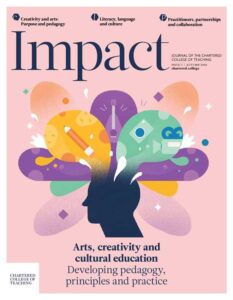Making the Most of Museums: the case for learning through objects
Written by: Kate Noble

12 min read
At a time of increased focus on core subjects and shrinking school budgets (Cultural Learning Alliance, 2018), how can we make the case for taking children to museums and galleries to experience the power of object-based learning? Over the past 18 months, learning teams at the University of Cambridge Museums (UCM) and the National Gallery (NG) have been working on the ‘Practical Evaluation’ project with Dr Eric Jensen from the University of Warwick to explore what museums offer to children and young people (Practical Evaluation, 2019). The project has improved the way in which we capture feedback from teachers and students and aims to make programming more responsive to the experiences of our visitors. This article builds on these findings and reviews current research and practice to explore how museum visits can support the acquisition of curriculum-related knowledge and the development of confidence, cultural understanding, creativity and critical thinking. It also considers how
Join us or sign in now to view the rest of this page
You're viewing this site as a guest, which only allows you to view a limited amount of content.
To view this page and get access to all our resources, join the Chartered College of Teaching (it's free for trainee teachers and half price for NQTs) or log in if you're already a member.
0
0
votes
Please Rate this content
Subscribe
Please login to comment
0 Comments
Inline Feedbacks
View all comments










